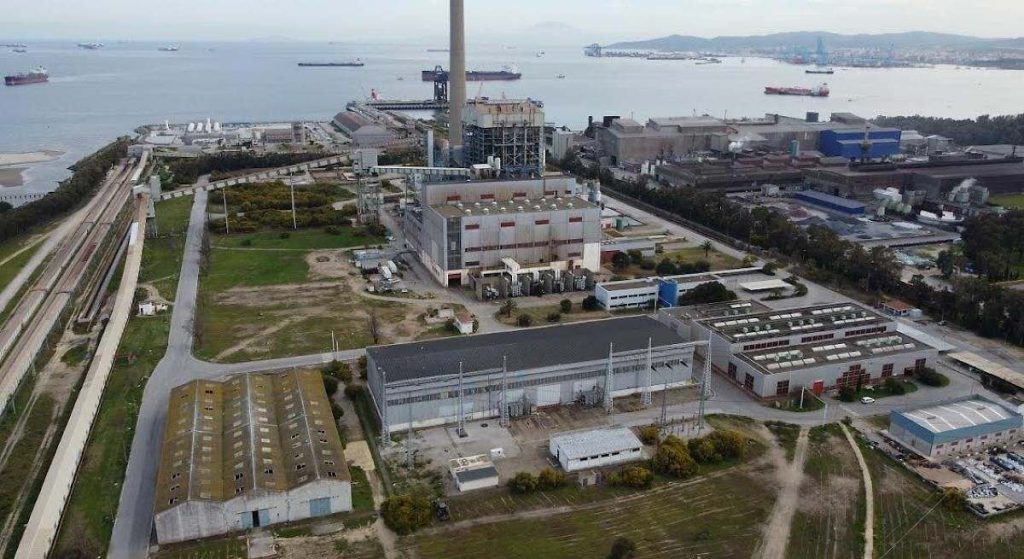With €78 million in direct aid approved by the Andalusian government and a total investment of over €169 million, the Green H2 Los Barrios project in Cádiz positions itself not just as a regional infrastructure play but as a test case for Europe’s hydrogen industrialisation strategy under the IPCEI Hy2Use framework. Behind the headline figures lies a critical question for policymakers and investors alike: can hydrogen projects like Los Barrios catalyse long-term industrial transformation, or will they remain isolated flagships without systemic traction?
At the core of EDP’s project is a 100 MW electrolyser to be powered by locally sourced solar and wind energy, projected to produce up to 12,000 tonnes of green hydrogen annually. This aligns with Spain’s broader objective—set out in its Hydrogen Roadmap—to reach 4 GW of electrolysis capacity by 2030. Yet with only around 150 MW of operational capacity across Spain as of early 2025, the jump remains steep. The significance of the Los Barrios facility, then, lies less in its nominal output and more in its embedded potential for scale: EDP is already assessing a fivefold capacity expansion to 500 MW and laying the groundwork for green ammonia conversion, a necessity for export via the nearby Algeciras port.
The decision to locate the project in Campo de Gibraltar—a historically emissions-intensive zone undergoing energy reconversion—underscores a dual policy aim: decarbonisation coupled with economic regeneration. Spanish authorities frame this as “industrial traction,” using public capital to leverage private-sector deployment in regions with structural unemployment and deindustrialisation. Employment impacts have been cited by regional officials, yet no specific job creation figures tied to the operational phase have been disclosed. Without those metrics, it remains difficult to assess whether the touted “green reindustrialisation” narrative extends beyond the construction boom.
From a logistical and geopolitical perspective, the project’s integration with the Algeciras port and potential for “pipe-to-ship” hydrogen bunkering operations could mark a strategic inflection point. Southern Europe has been vying to position itself as an energy gateway, not only for regional use but also for northbound exports. However, infrastructure for hydrogen maritime transport remains nascent. Green ammonia has emerged as the interim carrier solution, yet the regulatory, safety, and market acceptance landscape for large-scale green ammonia exports remains unsettled.
The IPCEI Hy2Use designation further embeds the project within Europe’s broader hydrogen policy architecture. The seven Spanish projects included in this round are set to receive a combined €794 million in aid, part of a wider EU envelope of €5.4 billion aimed at derisking early-stage hydrogen infrastructure across the continent. These initiatives are projected to unlock over €6 billion in long-term private investment, according to European Commission estimates. However, this co-financing strategy hinges on projects achieving scale and offtake certainty—elements that remain far from assured in a fragmented hydrogen market lacking cohesive demand-side signals.
A key point of analysis is the vertical integration model EDP plans to implement at Los Barrios, covering generation, storage, refueling infrastructure, and direct industrial offtake. This approach echoes the “hydrogen valley” concept—an ecosystem model gaining traction across Europe—but such vertical alignment also concentrates project risk. If offtakers delay, or if electrolyser supply chains remain volatile—as they have been due to raw material constraints and capex inflation—EDP may face margin compression or delayed breakeven timelines.
The underlying bet by policymakers is that concentrated public investment can create early-mover advantages and anchor industrial clusters. Whether Los Barrios becomes a self-sustaining industrial node or an isolated, subsidy-reliant outpost will depend on execution, regulatory clarity, and global market alignment for green molecules. As it stands, Andalusia’s hydrogen ambitions are significant, but the critical test will be whether they catalyse a durable reconfiguration of Southern Europe’s industrial map.
